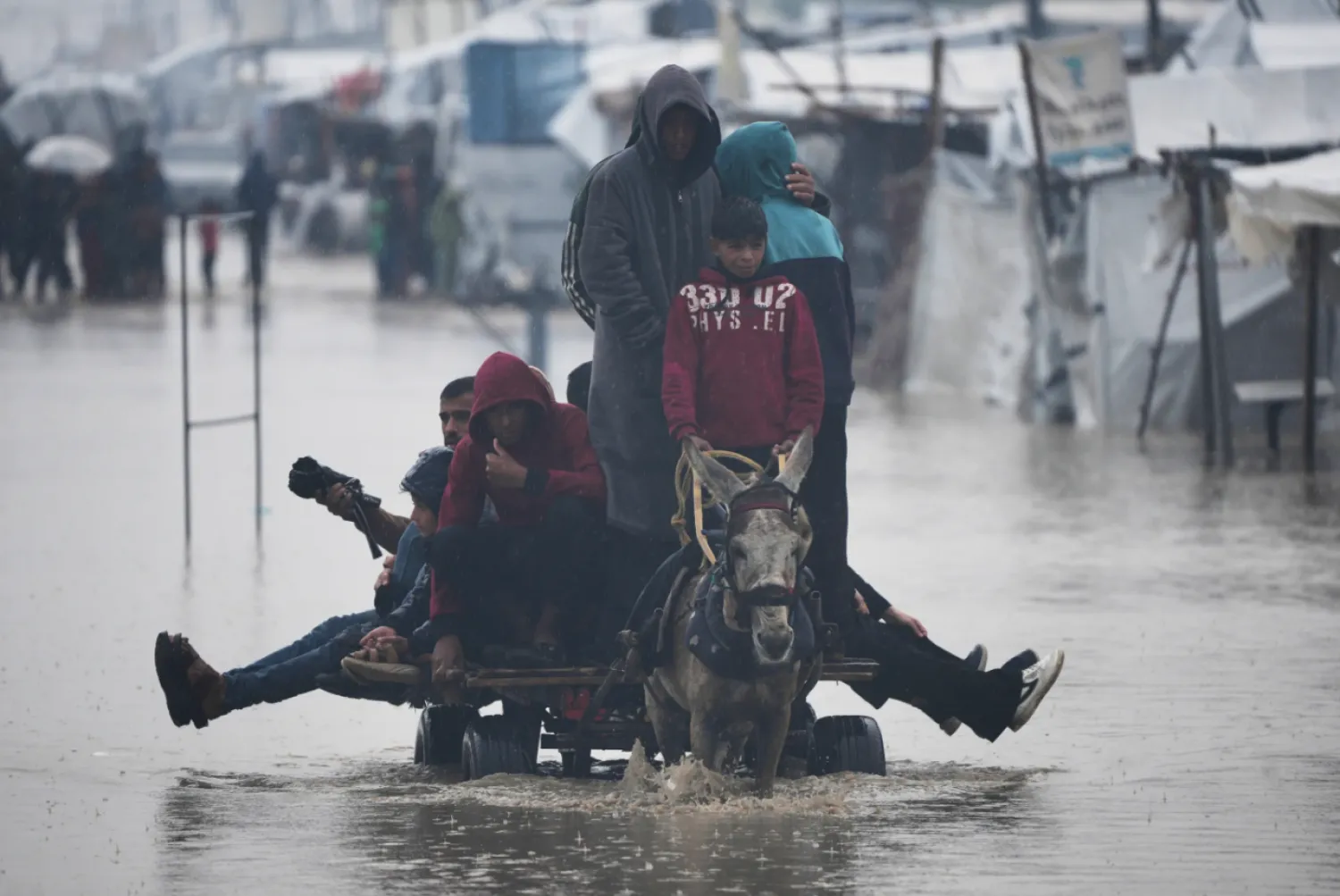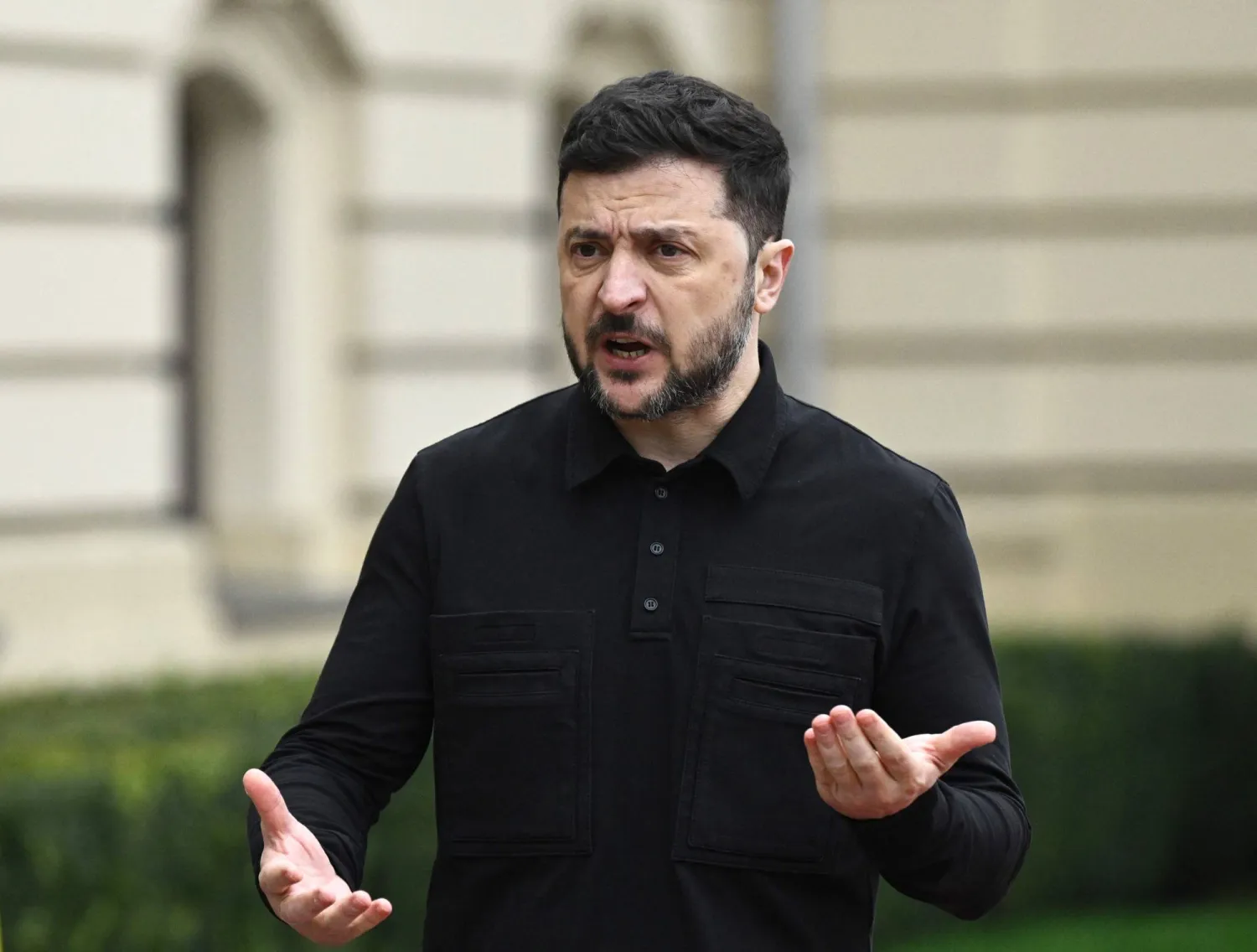When Syrian President Bashar al-Assad visited Tehran last May, one of the urgent requests he made was to send oil to contribute to resolving his country’s economic crisis. In the past years, it has become customary for ships to violate sanctions and waterways. Assad also discussed broader regional and international issues.
This was Assad’s second visit since 2011- he visited in 2019- to express his thanks to Tehran for standing militarily, economically, and financially on the side of the regime since the outbreak of protests and the crisis more than a decade ago.
During the visit, Assad met with Iran’s Supreme Leader Ali Khamenei and President Ebrahim Raisi. Official media reported Assad saying that “strategic relations between Iran and Syria prevented Israel from extending its control over the region.”
For his part, Khamenei said that “Syria had won an international war, and that its credibility is much greater than it was in the past.”
Assad’s visit dealt with big issues. Among them was the American presence in Syria, the coordination between Ankara, Tehran, and Moscow, and the repeated Israeli raids against Iranian sites in Syria. Moreover, the Syrian leader reviewed agreements between Israel and Arab countries.
Iranian sources quoted Khamenei as saying that “some leaders of neighboring countries of Iran and Syria are sitting with the leaders of Israel, but the people of these countries fill the streets with anti-Israeli crowds and slogans.”
Khamenei’s statement was considered a veiled criticism of Damascus’ position on peace agreements between Tel Aviv and Arab capitals. Syria failed to issue critical statements about the accords. Moreover, Syrian officials held political meetings with their counterparts from these countries.
Away from these major headlines, Assad, during his meetings with Khamenei and Raisi, urged Iran to send oil and oil derivatives to save the economic situation in Syria.
Iran gave a “good word” and promised to send three ships. Nevertheless, these pledged ships are still docked in Iran and have not left for Syrian coasts yet.
Damascus made the request again during the visit of Syrian Foreign Minister Faisal al-Miqdad last July. Iran continued with its delay. The Syrian ambassador in Tehran tried to follow up on the issue a lot, but no answer came from Tehran.
Syria’s economic crisis is exacerbating, and the Iranian “procrastination” continues. Damascus was left bewildered by the delay because it is contrary to what has been the norm during the past decade.
Raisi was slated to visit Damascus on Tuesday.
During the visit’s arrangement, Syrian officials were stunned by Iranian demands and proposed draft agreements. Some of the drafts went back to previous agreements signed during a 2017 visit by Syrian Prime Minister Imad Khamis. Other drafts were new.
The new draft agreement, which surprised Damascus, related to how Iranians are to be treated in hospitals and scientific institutions as well as their ability to own property. In effect, Iranians want to be treated as Syrians, but if they commit a crime, Tehran requested they be tried by Iran’s justice system rather than Syrian judiciary.
This draft is like the agreement between Damascus and Moscow at the end of 2015 regarding the establishment of military bases in Hmeimim and Tartous. The Russians were given wide military, royal and diplomatic privileges, with the exception of the judiciary.
It is also reminiscent of those agreements that existed between Western countries and the Ottoman Empire after its collapse and the establishment of Turkey in the 1920s.
Tehran also insisted on obtaining “sovereign guarantees” for the money it spent. Damascus was surprised by the depth of the Iranian demands and Tehran was taken aback by Syria taking matters slowly. Contacts are still ongoing between the two countries in search of a way out of this “silent crisis” and to arrange a major visit to Damascus.
But this is not the first time that relations have gone through a crisis like this.
Tehran had suspended approval of the appointment of a new Syrian ambassador and froze the sending of oil derivatives in 2017 due to its annoyance at Damascus’ slow implementation of strategic agreements with Tehran and its acceleration with Moscow.
Khamis visited Tehran at the beginning of 2017 and signed strategic agreements. They related to an Iranian company backed by the Revolutionary Guard becoming a third mobile operator in Syria, investing in Syrian phosphate for 99 years, acquiring land for agricultural and industrial purposes, and establishing an “oil port” on the Mediterranean.
Moreover, Khamis signed an agreement for a new line of credit from Iran worth $1 billion, half of which will be used to finance the export of crude oil and oil products.
Since 2013, Tehran has provided direct and indirect support to Damascus. This includes lines of credit that exceeded $6.6 billion to finance the export of crude oil and its byproducts.
But Damascus had lost control of the oil and gas wells in northeast Syria. They are now run by US allies. Damascus’ oil production, which was about 380,000 bpd before 2011, decreased to about 90,000 bpd.
While Syrian businessmen close to Damascus and Iran worked on launching a third mobile phone network, Iran failed to get its hand on the ports in Tartus and Latakia. Rather, Russia assumed control of the ports to avoid repeated Israeli bombing.
Russian companies have also taken over phosphate investments in the center of Syria and are trying to pressure the Kurds into giving up control of oil facilities. They are trying to expand in Damascus airport and other airports. They are also involved in many economic projects.
According to a Western diplomat visiting Damascus, “Syria’s economic crisis is the worst in a decade, and Iran wants to exploit this to its advantage.”
“Tehran wants to obtain major sovereign concessions at the height of Damascus’ current need for them and Russia’s preoccupation with the Ukraine war.”
Iran wants those concessions to make up for the costs it paid during the war, amounting to about $20 billion over the past decade. It also wants to establish its influence for a long time in the face of the escalation of Israeli military pressure in Syria.









